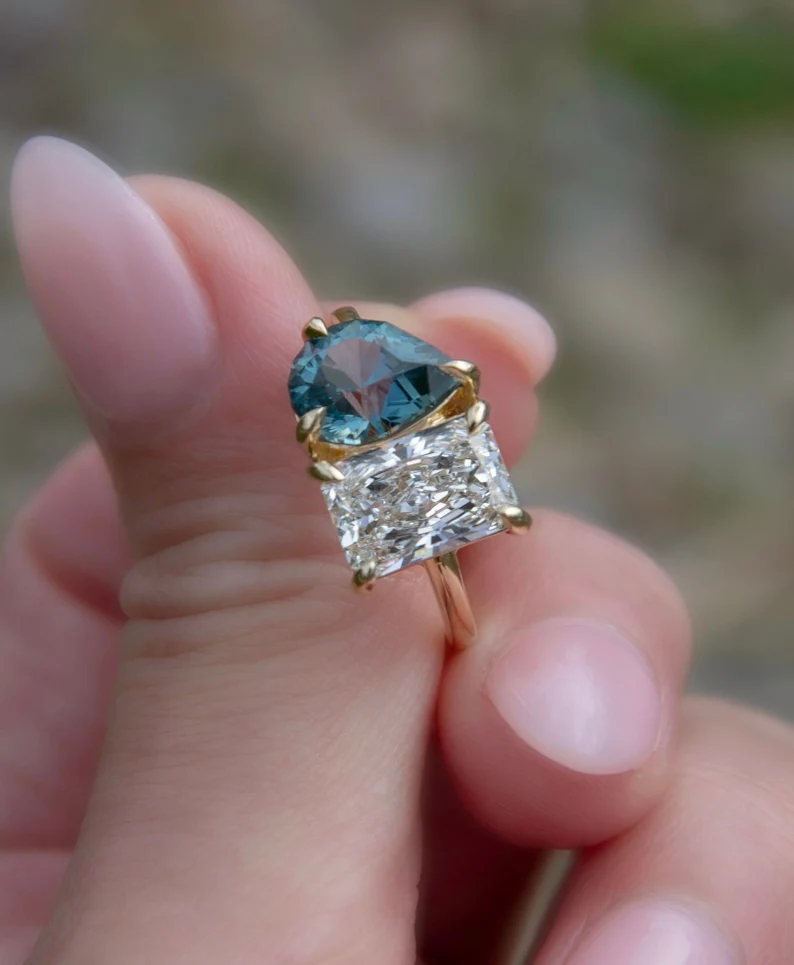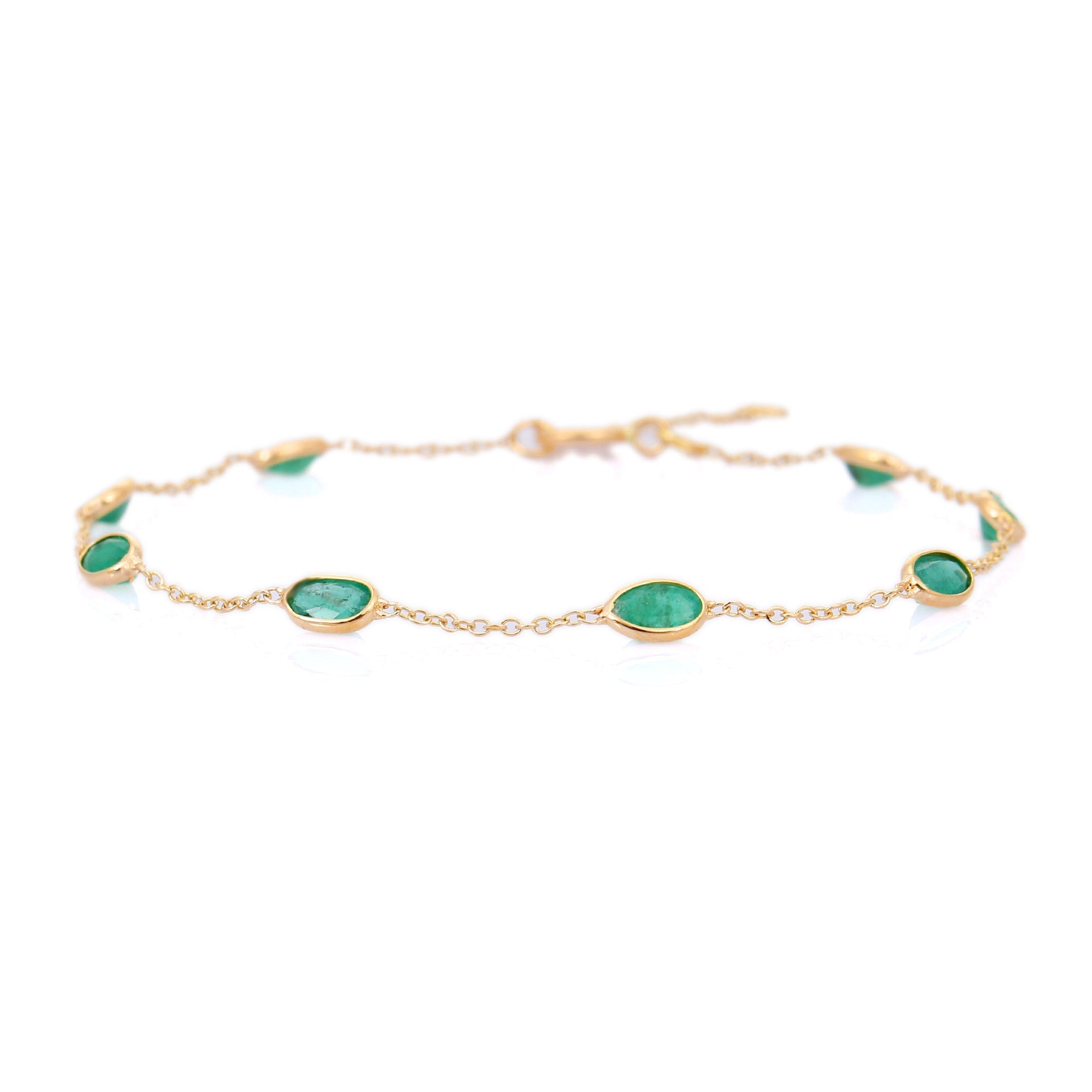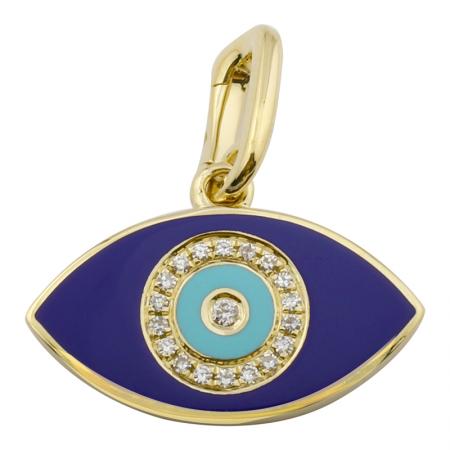Upgrade Programs: Smart Hack or Store-Credit Trap?

Upgrade programs—where a jeweler lets you swap a purchased item for a “bigger” or different piece and gives you credit for the old one—sound smart. They promise flexibility and a way to climb up the ladder without losing your entire purchase. But are they a genuine benefit or a way to keep you paying more into the same store? This article breaks down how these programs work, the real costs, what to watch in contract terms, and when they make sense.
How upgrade programs actually work
At the simplest level an upgrade program offers you a credit toward a future purchase when you return your original item. That credit is rarely 100% of what you paid. Retailers fix a percentage or a formula. They do this because the returned piece must be resold, refinished, or melted down. Each step has cost and margin, so the store keeps part of your original value.
Typical models:
- Flat percentage trade-in: e.g., 50% credit of purchase price toward a more expensive item.
- Time-decayed credit: e.g., 70% in year one, 50% in year two, and 0% after three years.
- Buy-back or store credit: a fixed dollar amount based on gemstone grade or metal weight (for example, 14k gold ring valued at melt price minus handling).
Common contract terms to watch
Upgrade programs hide value in the details. Read the fine print for these specifics:
- Time limits: How long is the credit valid? If it expires in 12 months, that cuts flexibility.
- Credit percentage: Is it a percentage of your purchase price or current appraised value? Percentage of purchase price typically benefits buyers more.
- Condition requirements: Are scratches, resizing, or missing stones allowed? Many programs void credit if the item has been altered.
- Treatment and certification rules: Some programs exclude treated diamonds (HPHT, fracture-filled) or require original GIA/IGI certificates.
- Restocking or admin fees: A fee can reduce your effective credit by 5–20%.
- Split payments: Does the credit apply only to the difference on the new purchase, or can you take cash? Most stores allow only store credit.
Real costs — math you can use
Numbers reveal whether an upgrade is fair. Example: you buy a 1.00 ct round diamond, G color, VS2 clarity, excellent cut for $8,000. The store offers an upgrade credit of 60% within two years.
If you trade it in, credit = $4,800. A new 1.50 ct similar-quality diamond costs $18,000. You’d pay $13,200 more. But remember: wholesale market value of your returned diamond may be closer to $5,000–$6,000 depending on demand. The store’s 60% rule likely ensures they keep margin and processing costs.
For metals: a 14k gold ring weighing 6 grams has gold content of 58.5% (14k). Melt value at a $60/g gold price is roughly 6 g × 0.585 × $60 = $210. Retailers rarely credit anywhere near melt for settings. Platinum 950 yields higher melt value but still low compared to retail. Expect metal credit to be a small part of your upgrade value.
Stone and setting restrictions that matter
Retailers often limit upgrades to items purchased new from them and that have stayed mounted and unmodified. Why? A mounted stone’s resale value depends on matching buyers’ tastes and the setting’s condition. Removing a stone or resizing a ring can lower its attractiveness and resale value.
Some specifics to watch:
- Loose stones vs mounted stones: Loose diamonds can be resold more easily and may get a higher trade-in percentage.
- Treatments: Diamonds with clarity treatments, fracture filling or lab-grown stones may be ineligible or carry lower credit. Treated stones are harder to resell without discount.
- Appraisals and certification: Stores often require the original certificate (e.g., GIA) to honor full credit.
When upgrade programs are smart
Upgrade offers can be useful in specific cases:
- Committed to one retailer: If you prefer working with a trusted jeweler who offers transparent terms, upgrades can simplify upgrades and guarantee buy-back credit.
- Short-term plan: If you expect to upgrade within the credit window and the percentage is high (70%+), you may save compared to selling privately and rebuying.
- Warranty and service included: Some programs include free sizing, cleaning, or trade-in shipping—these services can add practical value beyond raw credit.
When they become a store-credit trap
These red flags mean the program is designed to keep your money in-store:
- Low percentage, short window: 40–50% credit valid only 6–12 months gives you little time and little value.
- Strict conditioning rules: Voiding credit for normal wear or minor repairs is a sign the program isn’t consumer-friendly.
- No cash option: If you can only take store credit, you’re forced back into the same inventory and margins.
- Complex exclusions: Many exclusions (certain cuts, treatments, designer brands) shrink the number of items you can upgrade to.
Negotiating and protecting yourself
Be proactive. Treat upgrade terms like price. Ask these questions and put answers in writing:
- What exact percentage or formula will determine my credit?
- Is the credit based on purchase price or appraised/resale value?
- How long is the credit valid and is it transferable?
- Are there fees for processing, resizing, or certificates?
- Will normal wear and tear affect eligibility?
Get a written appraisal at purchase that lists carat weight (ct), measurements (mm), color and clarity grades, cut grade, and any treatments. This makes disputes easier. If possible, negotiate a higher credit percentage or longer window at the time of sale. Retailers are often willing to adjust terms to close a sale.
Final checklist before you sign
- Read the contract: Ensure time frame, percentage, fees, and exclusions are explicit.
- Keep paperwork: Certificate, receipt, appraisal, and photos of the item’s condition.
- Compare options: Check resale or consignment values. Sometimes selling privately yields more cash than store credit.
- Ask about services: Free cleaning, lifetime warranty, or resizing can offset a lower trade-in credit.
- Plan the timing: If you expect to upgrade quickly, a shorter window may be fine; if not, avoid the agreement.
Bottom line: upgrade programs can be a smart tool when terms are transparent, percentages are fair, and you plan to stay loyal to one retailer. They become traps when credit is low, conditions are tight, and you’re forced to keep spending in the same store. Read the terms, run the numbers, and compare the credit to likely resale or consignment offers before agreeing.




